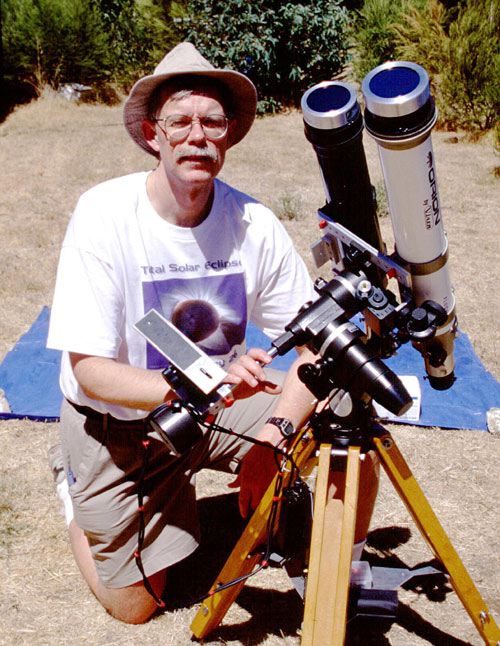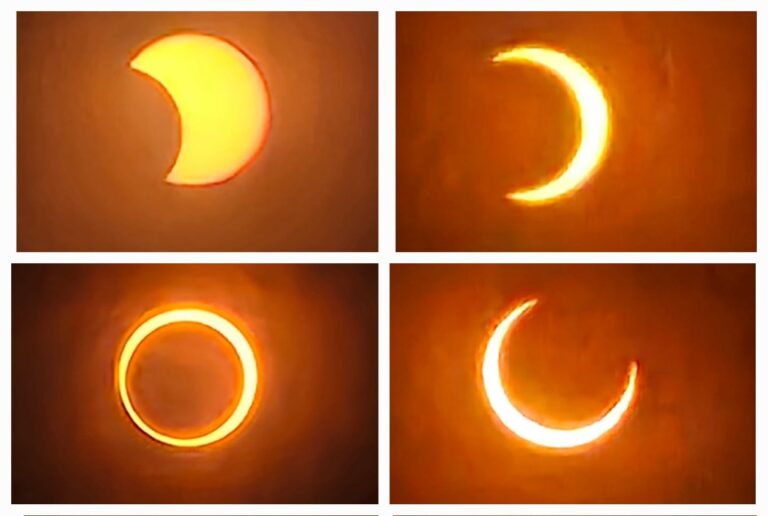
Key Takeaways:
This Saturday, a stunning astronomical sight will visit the Americas — an annular eclipse, in which the Moon crosses in front of the Sun and leaves a “ring of fire” around it.
The path of annularity sweeps from the Pacific Northwest through the American Southwest to parts of Mexico and South America, ending over northeastern Brazil. In the U.S., most eclipse chasers will head to New Mexico and Texas. The two largest cities to experience annularity are there — Albuquerque and San Antonio. That end of the path will also experience longer annularity and has a better chance of clear skies.
An annular eclipse occurs when the Moon happens to be too far from the Earth to block out the Sun’s full disk. Because the Sun’s disk is never fully eclipsed, you must view this event with an approved solar filter at all times!
As stunning as an annular is, it’s also an appetizer for next year’s Great North American Eclipse — a total eclipse on April 8, 2024, that will sweep across Mexico, the U.S., and Canada.
For more on how to see this weekend’s annular eclipse, click here to check out our viewing guide.
Follow Astronomy magazine, the world’s best-selling astronomy magazine:
🌎 Website: https://astronomy.com
📖 Subscribe: http://subscribe.astronomy.com
📘 Facebook: https://www.facebook.com/AstronomyMagazine
📸 Instagram: https://instagram.com/astronomy.magazine
🐦 Twitter: https://twitter.com/AstronomyMag
Shop Celestron telescopes:
🔭 Website: https://celestron.com
Follow Dave Eicher:
📘 Facebook: https://www.facebook.com/davidjohneicher
📸 Instagram: https://instagram.com/eicher.david
🐦 Twitter: https://twitter.com/deicherstar









